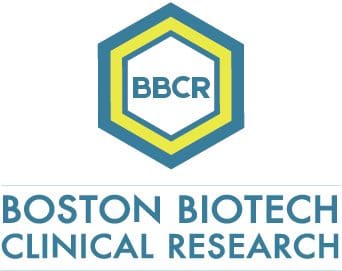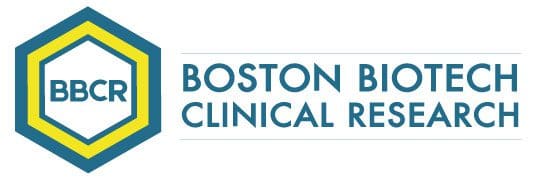Pediatric Rare diseases and Rare Pediatric Disease Designation
FDA will award priority review vouchers to sponsors of certain rare pediatric disease product applications that meet the criteria specified.
Section 529 of the FD&C Act is intended to encourage development of new drug and biological products for the prevention and treatment of rare pediatric diseases. Section 529 provides an additional incentive for rare pediatric diseases, which may be used alone or in combination with other incentive programs.
What is a “rare pediatric disease”?
The disease is a serious or life-threatening disease in which the serious or life threatening manifestations primarily affect individuals aged from birth to 18 years, including age groups often called neonates, infants, children, and adolescents
A drug may also meet the “rare disease or condition” requirement if it is for an “orphan subset” of a disease or condition that otherwise affects 200,000 or more persons in the U.S. In order for such drug to qualify as a drug for a “rare pediatric disease,” the orphan subset must be serious or life-threatening and the serious or life-threatening manifestations of the orphan subset must primarily affect individuals aged from birth to 18 years.
For therapeutic drugs, prevalence estimates of the entire affected U.S. population should be based on the number of individuals diagnosed with the disease or condition.
Request for rare pediatric disease designation submitted within 2 weeks of a request for fast track designation or orphan drug designation are entitled to a 60-day review.
One example of pediatric rare disease is Metachromatic Leukodystrophy (MLD). This condition is called metachromatic leukodystrophy because when viewed under a microscope, sulfatide accumulation in cells appears as granules that are colored differently than other cellular material (metachromatic). A leukodystrophy is a genetic disorder that disrupts myelination in the brain. It is a genetic mutation that results in the buildup of fats called sulfatides which manifests with loss of sensory, motor and cognitive function and in the most aggressive form patients die within five years of disease onset. MLD is estimated to occur in ~ 1 every 100,00 live birth.
Currently, the only treatment for MLD is bone marrow transplantation; this means that cells that produce normal ASA are introduced into the patient, and the normal ASA protein is then taken up into the deficient cells, allowing sulfatides in those cells to be broken down. However, this is only useful for those who are pre-symptomatic or those with very mild neurological manifestations.
Pediatric rare diseases regulatory clinical strategies require a specific expertise both in clinical plan, protocol design and CRO management.

Specializing in rare disease, Boston Biotech Clinical Research works with biotech, pharmaceutical, device companies and investors to streamline the clinical trial process. Our experienced team helps each client reach their specific goals by customizing a clinical and regulatory road map of simplified programs and streamlined protocols to meet our clients’ requirements.

